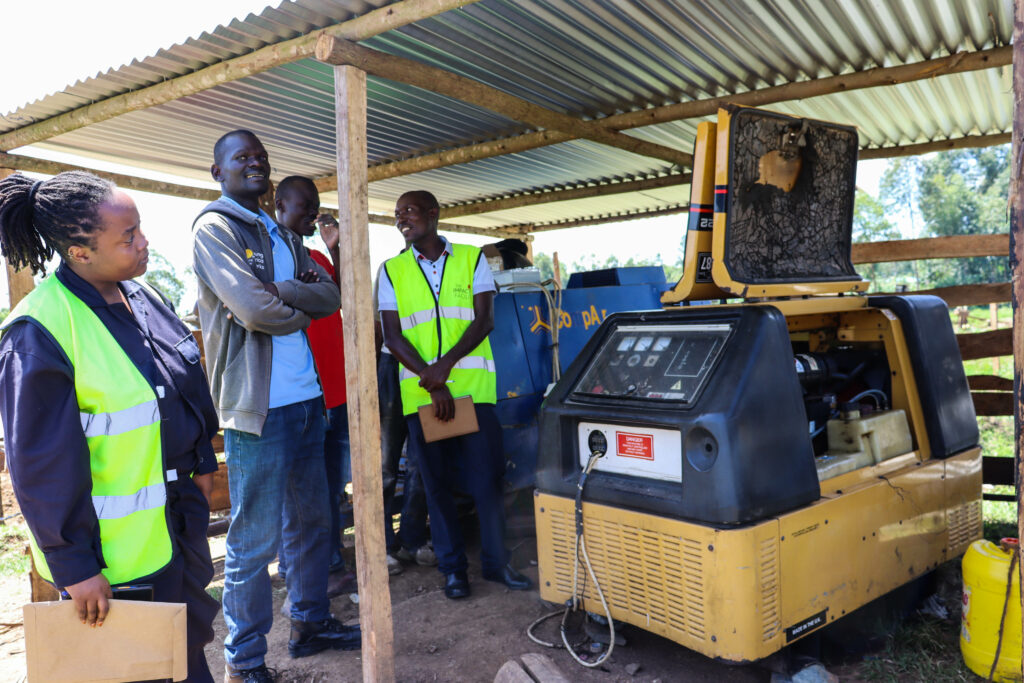
David Finlay
Other posts by David
Over the last 12 months, The Impact Facility has launched a new approach for stimulating economic and ESG uplift within artisanal and small-scale mines. The innovative leasing scheme enables artisanal mineral producers’ (AMPs) to affordably access high-quality mining and processing equipment on a lease-to-purchase basis, underpinned by professional support from mining engineers.
By investing in quality equipment, mine sites can recover and process ore more efficiently, improving revenues and laying a foundation for ESG uplift through subsequent technical support. The higher their ESG and mine site management practices, the higher the value of the equipment they can access through our leasing scheme.
Over the last year, we have promoted our services to over 50 small-scale AMPs across Western Kenya, with the first round of leasing contracts between The Impact Facility and partner AMPs active from Q3 2022. To ensure that investments have the potential to be transformative, the smallest investment bracket allows investments of up to USD 20k, allowing mines to unlock production bottlenecks. This amount, with monthly repayment terms of 12-24 months at a competitive interest rate, allows for Kenyan mines with relatively small production volumes, to access the financing they need, given the current lack of access to formal financial channels. In the global scheme of things, the relatively low value allows us to establish a track record of collaboration and repayment, before graduating into more substantial investment amounts.

With data from initial investee mines beginning to flow in, we have three provisional insights from our leasing work to date, including successes and failures, and concluding with a summary of “what next” for our work into 2023 and beyond:
In 2023, we’ll be making three changes to the scale and scope of our approach.
Over this first year of our leasing programme, we’ve seen that the formation of leasing contracts with mine sites – and their subsequent payment of leasing fees – is possible. One of our first investees was recently able to finalise their first full repayment and now owns a compressor, mine winch and a custom-made ball mill financed through the initial investment. The AMP has since been approved for a second investment round, initial proof that the artisanal mining sector is investable and in dire need of formal financing.
We’re learning that the ESG challenges of each mine are bespoke and that the type and sequencing of equipment provision needs to be carefully married with applied technical support for ESG – as well as economic – improvements to flow.
As we scale our work further into 2023, we look forward to deeper partnerships with existing and prospective artisanal mineral producers and investors.